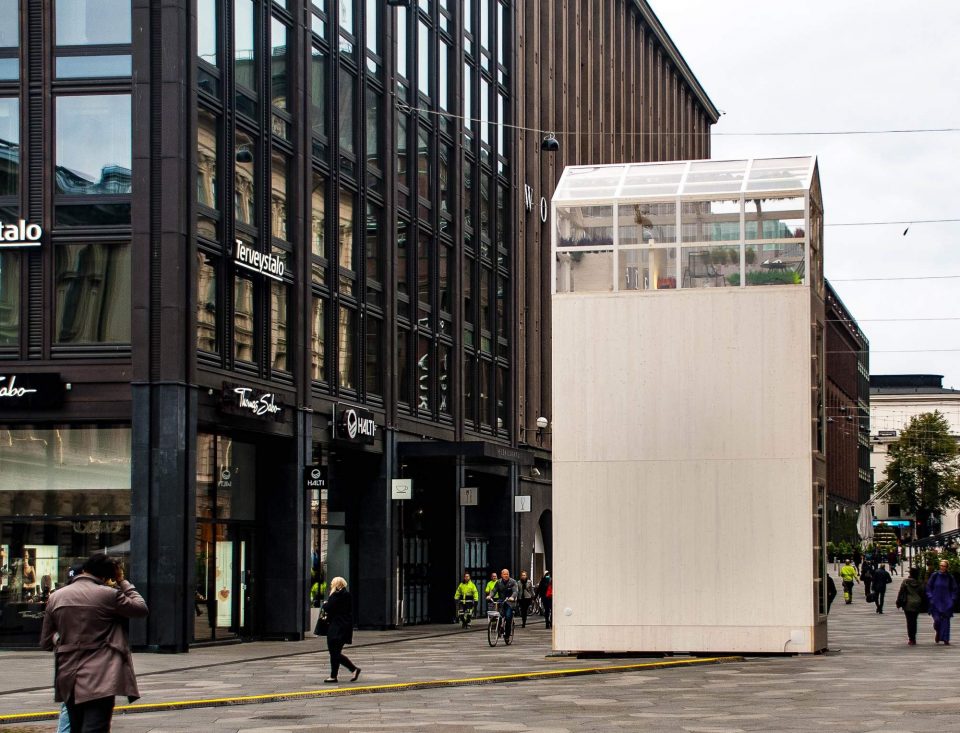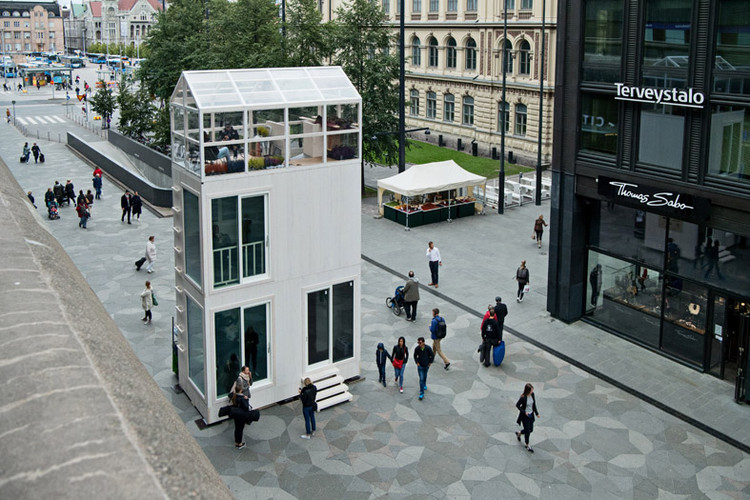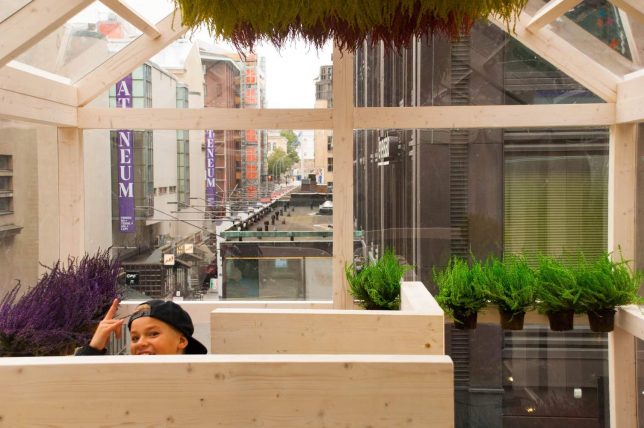Proponents of our supposed driverless car-sharing future say the system could lead to a dramatic drop in the number of vehicles in our cities, so does that mean we’ll be able to fill our sudden abundance of parking spaces with micro houses like this one? The Tikku by Marco Casagrande is a three-story structure with a footprint that fits perfectly within a single parking spot and can be erected overnight. Wherever a car can go, “the Tikku can grow,” says the architect.
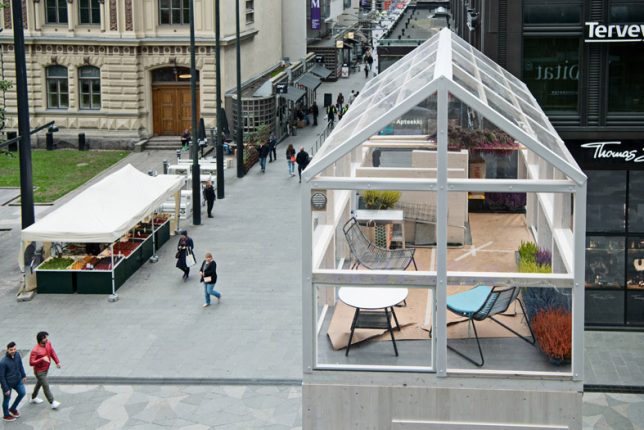
“Tikku is a safe-house for neo-archaic biourbanism, a contemporary cave for a modern urban nomad,” Casagrande explains of his creation, which was installed outside of Atheneum in the heart of Helsinki for the city’s Design Week 2017. “It will offer privacy, safety and comfort. All the rest of the functions can be found in the surrounding city. Tikku is a needle of urban acupuncture, concquering the no-man’s land from the cars and tuning the city towards the organic. Many Tikkus can grow side-by-side like mushrooms and they can fuse into larger organisms.”
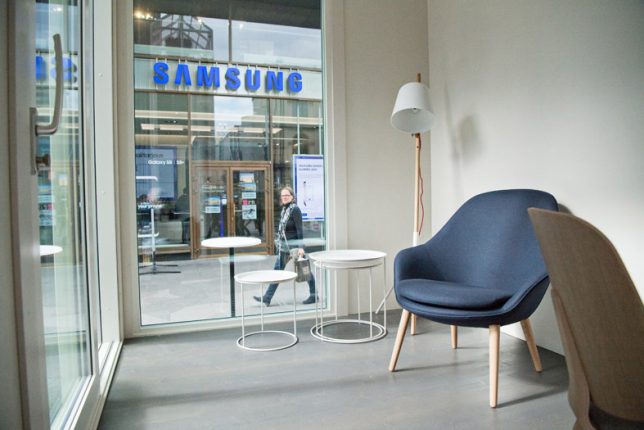
The self-sufficient house produces its own energy with solar panels and has dry toilets, but you’ll have to tote in your own water; the architect emphasizes that there’s no need for many amenities like showers, saunas, laundry machines or complex kitchens because such things exist all around you in the city.
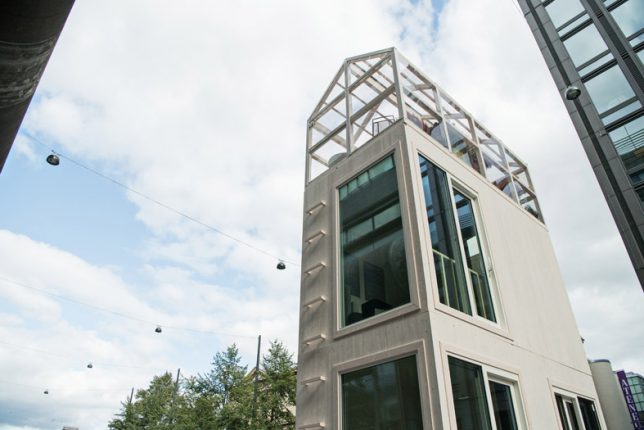
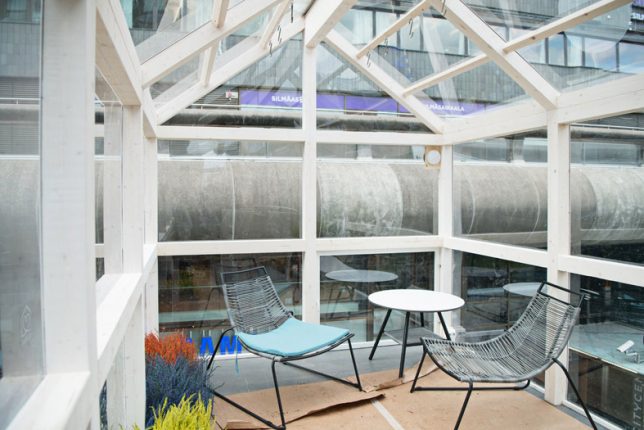
The Tikku is made of CLT (cross-laminated timber), an engineered wood material that’s five times lighter than reinforced concrete, and it doesn’t require a foundation; a sand box in the bottom gives it balance on slightly uneven urban surfaces. It’s simple but cute, with interiors that might offer just enough space for a single minimalist occupant who’s dedicated to integrating into the fabric of the city. Would you live there?
